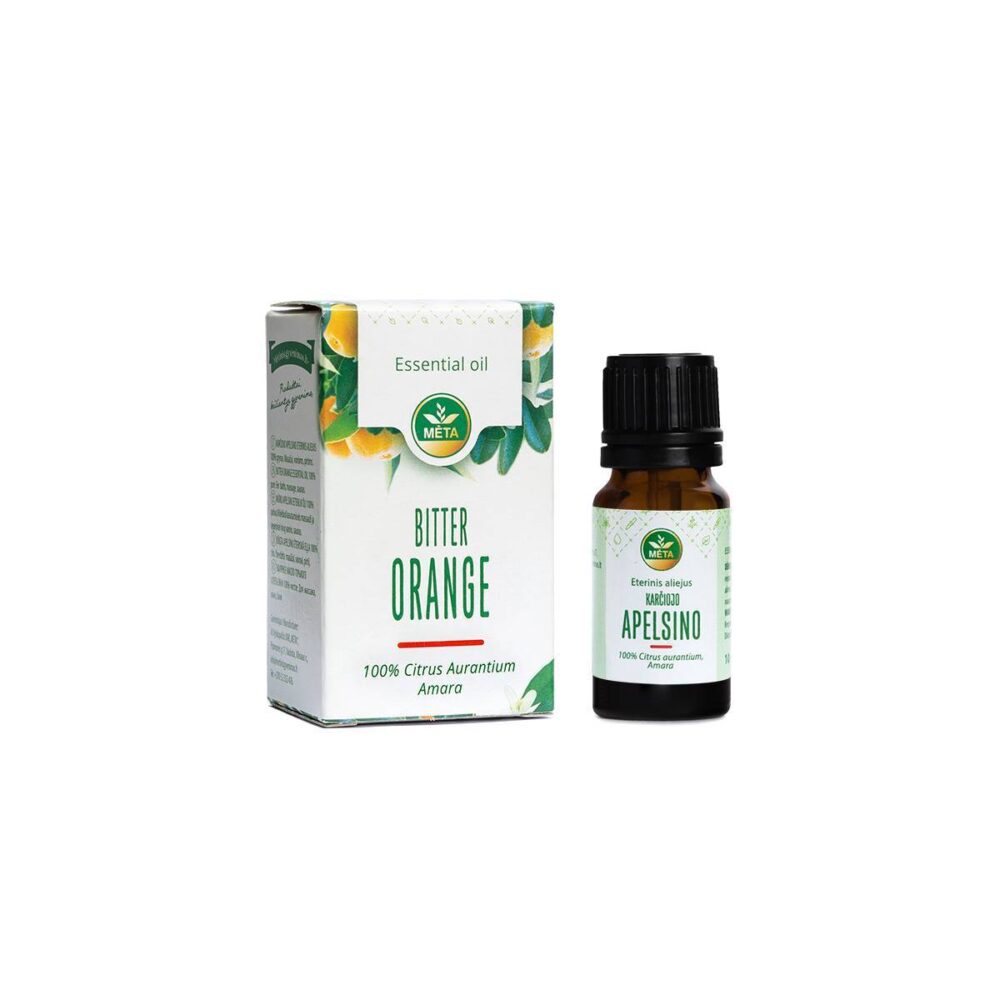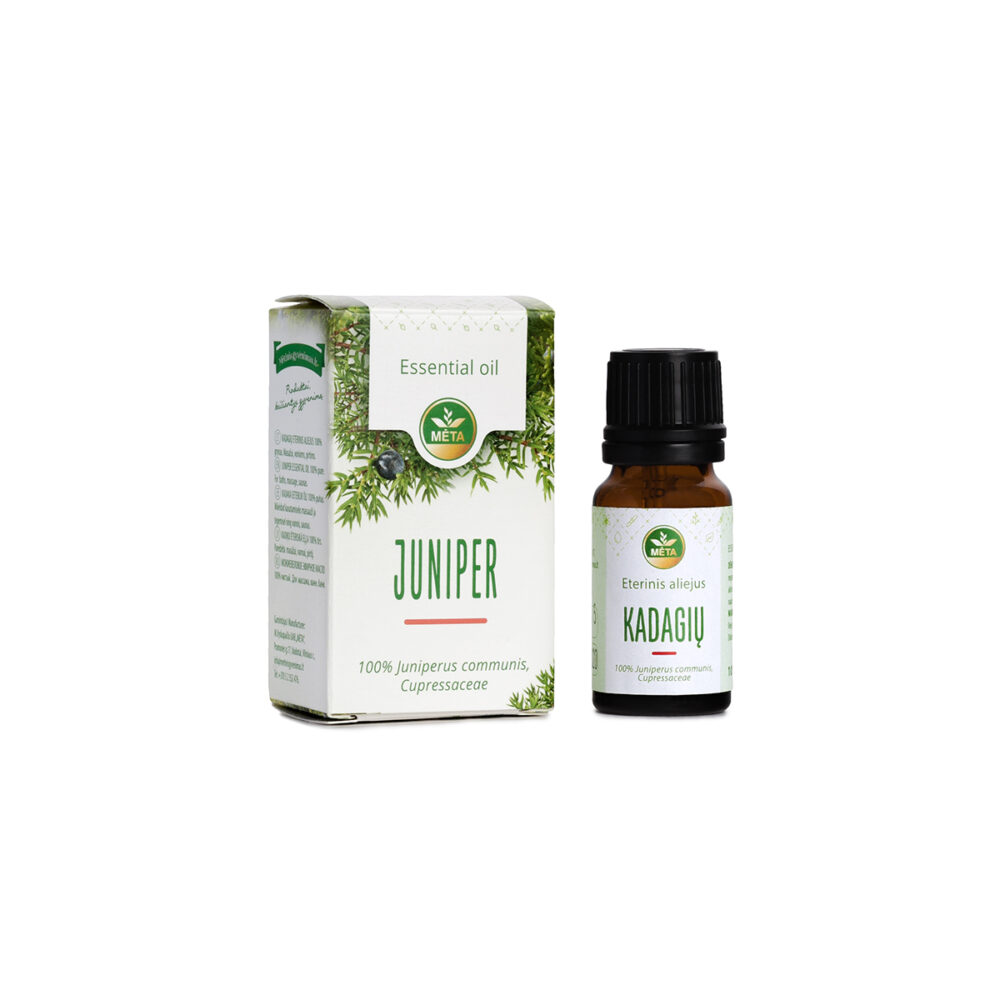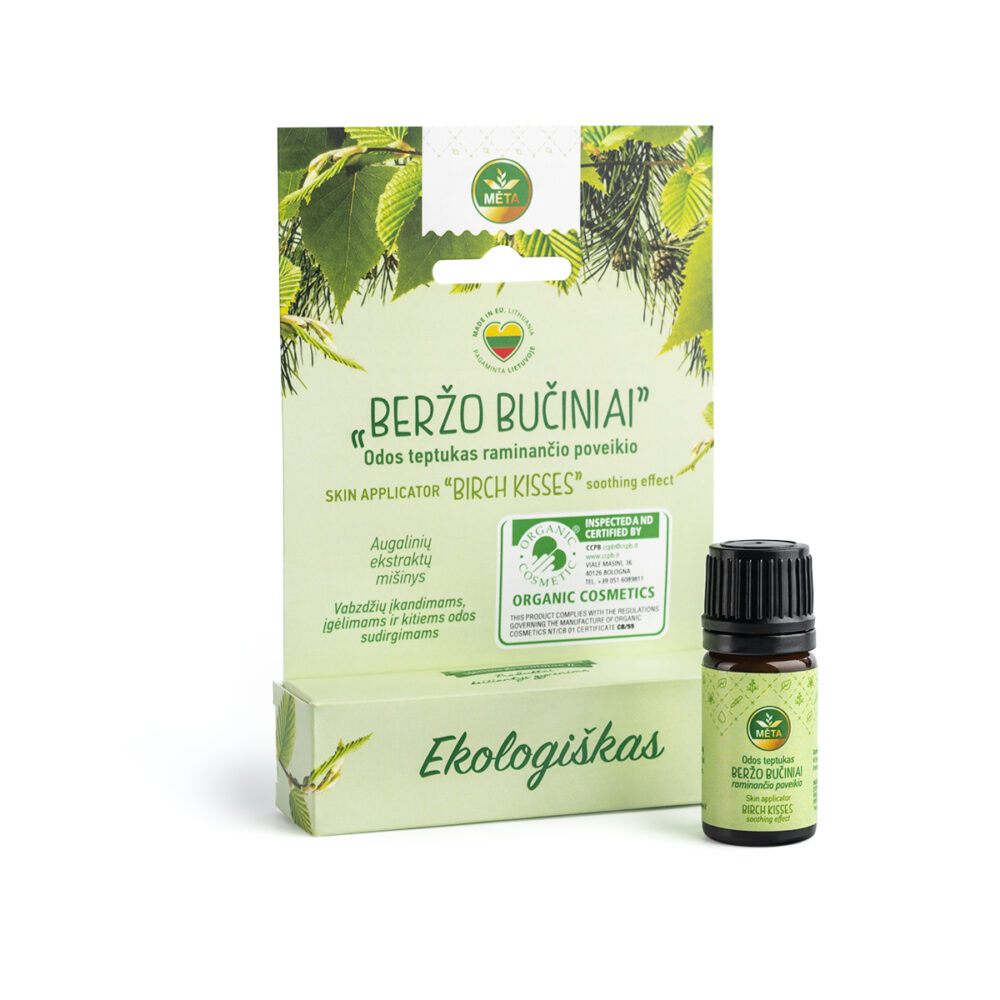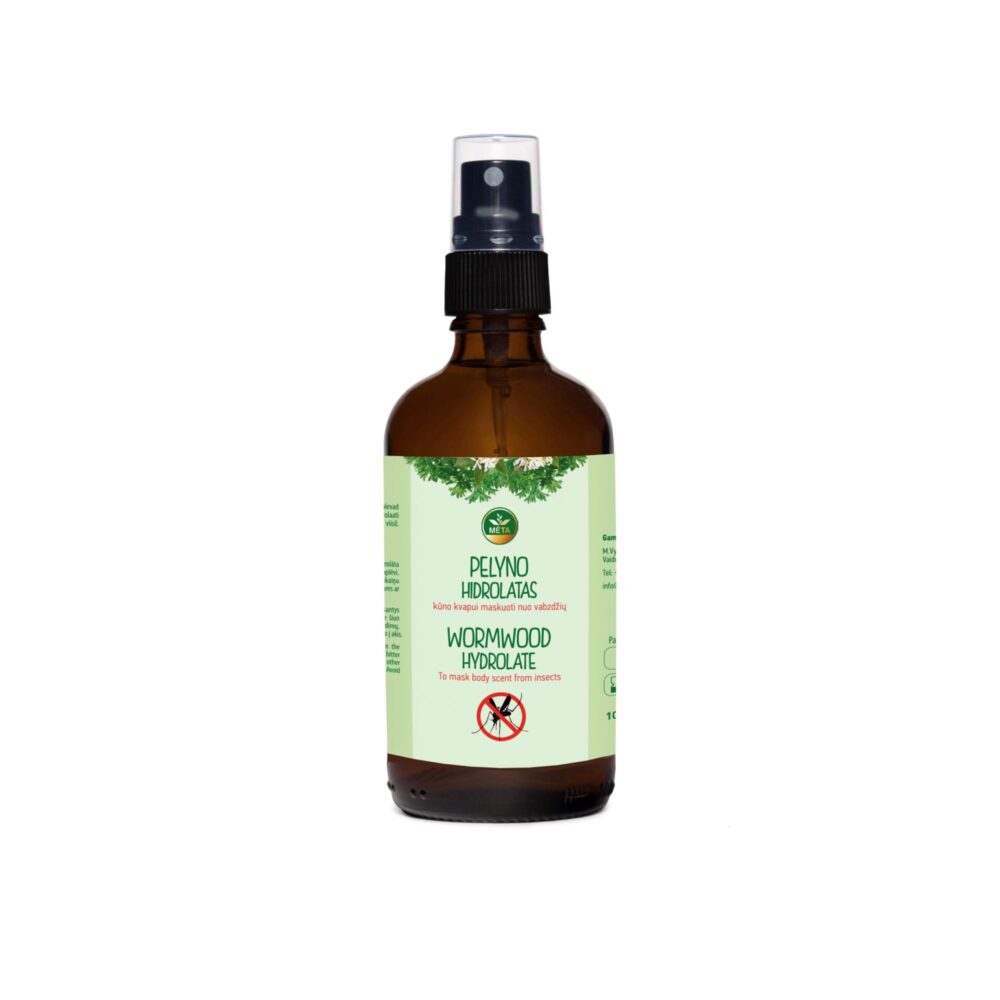All rights reserved
English
CLOVE essential oil, 10 ml
€4.99
Rated 5.00 out of 5 based on 1 customer rating
(0 customer reviews)
Clove essential oil is made of clove (Eugenia caryophyllus, Myrtaceae.) buds or leaves, using the steam distillation method. Cloves come from Philippines and in the modern day they’re cultivated in Comoros, Madagascar, Indonesia and Tansania.
Use: Toning, maintaining good skin condition, fragrance. For a stimulating aromatic bath – 4-5 drops per 100 l of water. A bath enriched with the aroma of essential oil will allow the body to immerse itself in the unique world of plant scents, and the spirit to rise above everyday life. Lying, sitting, as well as hand or foot baths are useful. Since essential oils do not dissolve in water, it is convenient to mix them in a tablespoon of honey before pouring them into the bath. Essential oils cannot be poured into a hot bath, as they will evaporate quickly, the best water temperature is 36-37o C. You should take a shower before the bath, no detergents should be used in the aromatic bath, as they reduce the effectiveness of the procedure. It is advisable to stay in the bath for 10-20 minutes. After the bath, you don’t need to pour water over it, just wipe it off with a soft towel.
Bathing in an aromatic bath is a very pleasant way to relax after a physically and mentally hard day’s work, to warm up in the fresh air. A warm bath with “Mint” essential oil will evaporate fatigue and tension, making room for divine relaxation and bliss…
For massage – 4 drops in 10 g (1 tablespoon) of fatty oil. Massage improves blood circulation and reduces stress, and essential oils, given their wonderful properties and scents, can enhance positive emotions even more. So, focus on the whole body or a specific area and treat yourself to a relaxing, soothing or toning essential oil massage. All essential oils are applied to the body only diluted! For dilution at home, it is best to use fatty – first cold-pressed olive oil.
The rule of thumb for essential oils is less is better.
Enjoy spa treatments, baths and massages with our carefully selected essential oils.
INGREDIENTS: Eugenia Caryophyllus Bud Oil*, Eugenol*, Isoeugenol*
*In accordance with the provisions of the updated Regulation (EC) No. 2023/1545 of the European Parliament and of the Council of 2023 on cosmetic products, potential allergens are indicated.
SKU: 4770287122059
Categories: Essential oils, Extracts and essential oils
Share:
“MĖTA” Clove essential oil is 100% plant odor obtained by steam distillation from the flower buds and leaves of Eugenia caryophyllus clove trees.
The aroma of clove essential oil is sweet, with a specific spice scent of the pleasantly spicy top note. It is a classic aroma of a cozy home.
The birthplace of cloves is the Philippines, nowadays these plants are cultivated in the Comoros, Madagascar, Indonesia, Tanzania and others.
The origin of “MĖTA” Clove essential oil is Indonesia.
The smell of clove oil warms and stimulates, is an aphrodisiac.
It is a powerful antiseptic and is very suitable for use in infectious diseases and in the treatment of septic wounds and ulcers. It also helps in the formation of scar tissue. When using clove oil on the skin, it must be diluted as it may irritate the skin.
In the household, essential oil of cloves is widely known as a unique remedy against mosquitoes and ticks, so this oil must be in the cabinet of every hostess. Moths also do not like this oil, it is enough to lubricate the shelves of the cabinet with oil or to place a opened bottle with a small amount of oil.
Due to its specific and rich aroma of spices, it is used to aromatize food and oral care cosmetics: tooth powder, paste, mouthwash.
Perfect for use with:
Citrus fruits, spices, Roses, Vanilla, Ylang Ylang essential oils. More»
References:
1. R. Tisserand, R. Young, E. M Williamson “Essential Oil Safety. A Guide for Health Care Professionals”, Churchill Livingstone ELSEVIER, 2014
2. R. Balz “The Healing Power of Essential Oils”, LOTUS LIGHT SHANGRI-LA, Twin Lakes, 1996
3. J. Lawless, The Encyclopedia of Essential Oils (Updated Edition), London: Harper Thorsons, 2014
4. B.M. Lawrence, Essential Oils 1981-1987 (Wheaton: Allured Publishing, 1989), 39-40.
5. P.Dugo, L. Mondello, E. Sebastiani, et al., Identification of Minor Oxygen Heterocyclic Compounds of Citrus Essential Oils by Liquid Chromatography-Atmospheric Pressure Chemical Ionisation Mass Spectrometry. (Journal of Liquid Chromatography & Related Technologies 22, 1999), 2991-3005.
6. B.M. Lawrence, Progress in Essential Oils, Number 2. (Perfumer & Flavorist 25, 2000), 46-49. SCCP, Opinion on Furocoumarins in Cosmetic Products. (Scientific Committee on Consumer Products, 13-Dec.-2005), SCCP/0942/05.
| Weight | 0.039 kg |
|---|
Show reviews in all languages (1)
Be the first to review “CLOVE essential oil, 10 ml” Cancel reply
You must be logged in to post a review.















Reviews
There are no reviews yet.